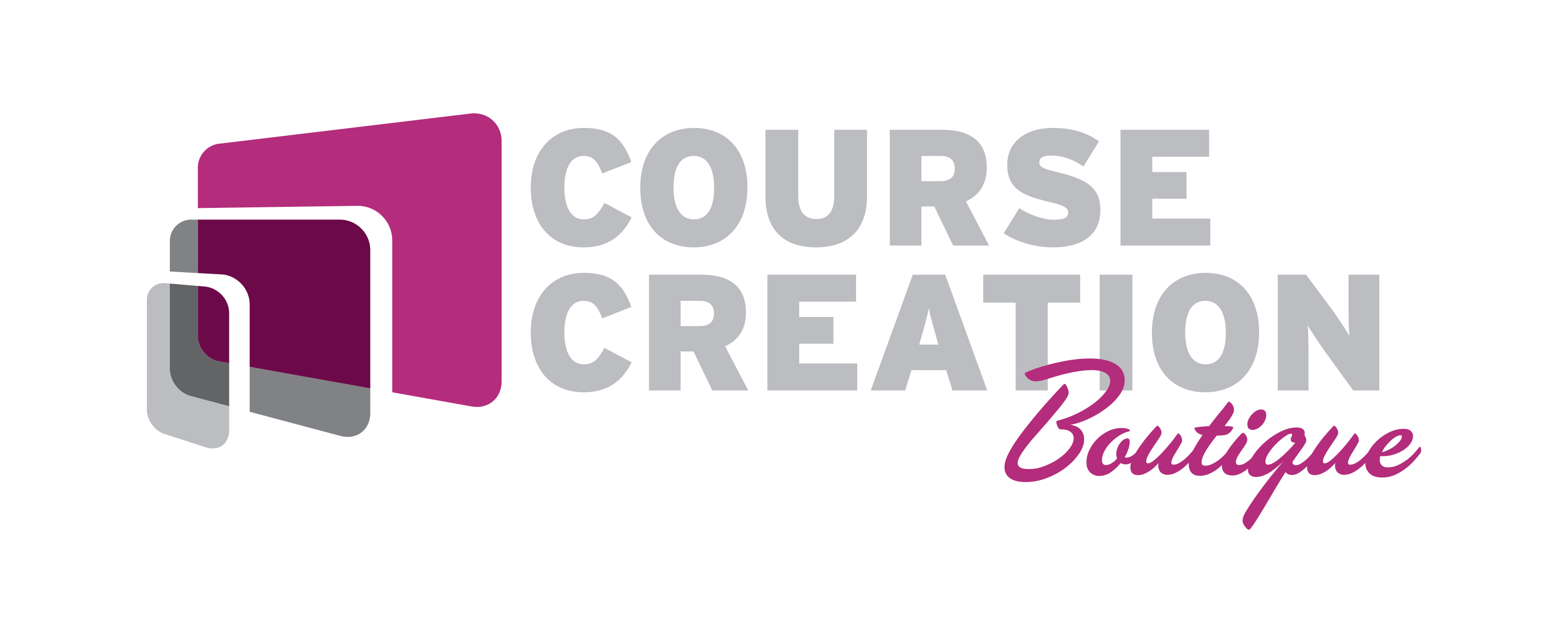COURSE CREATION INCUBATOR EPISODE #166:
How to Navigate AI with Rachel Kowalski
You’ve come up with the concept, developed a system, and you’ve either created and launched your original course or you’re developing one.
I want you to be smart and strategic about how you protect and publish your brilliant, original content and receive the rewards from it for decades.
Rachel Kowalski, creator advocate, content writer, and attorney is our expert guest for this episode. She’s well-versed in AI-generated content, original content, and navigating this evolving situation affecting our businesses.
You’ll learn the following insights:
- Optimal conditions for AI;
- What to look out for in AI software terms and conditions;
- How and when to copyright your course materials and original content; and
- Using AI to expand your global offer.
Plus, learn why your emotional genius is still where it’s at and how to steer around the AI pitfalls.
Resources
Find Rachel Kowalski on LinkedIn or her website.
The United States Federal Register Guidance on Copyright and AI
Episode #25: HOW TO WRITE NURTURE EMAILS THAT CONNECT WITH MEGAN O’LEARY
Episode #138: 3 SALES PAGE ESSENTIALS WITH SALENA KNIGHT
Episode #153: TRIPLE YOUR COURSE SALES WITH STORY WITH BO EASON
This podcast content is made available by Rachel A. Kowalski, Esq., The Creative Lawyers, for educational purposes only as well as to give you general information and a general understanding of the law, not to provide specific legal advice. By using this podcast you understand that there is no attorney-client relationship between you and Rachel A. Kowalski, Esq., The Creative Lawyers. The podcast should not be used as a substitute for competent legal advice from a licensed professional attorney in your state.


